Reflection of light at plane and curved surfaces || 25-11-22
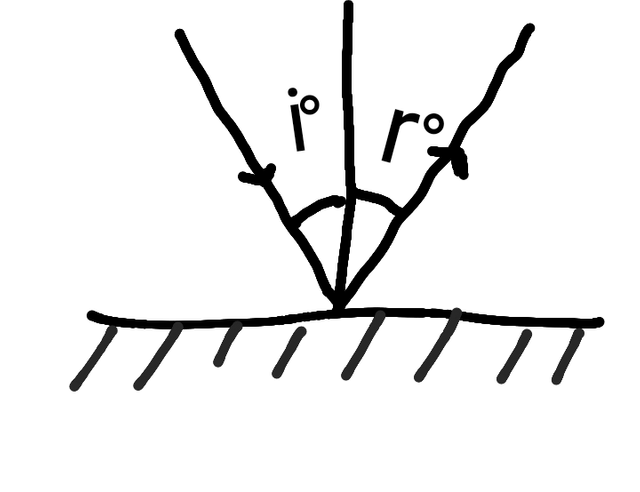
Drew by me
Seeing this topic may give you a visual picture of light from torch pointed at a mirror, looking at the side mirror of a car where sun rays are directly towards it and a total reflection of yourself on any smooth surface like mirror, phone screen, and other shiny substances.
You're actually in line as this topic will expatiate more on this. Most of you reading this post might be awestruck since it's been a while I posted on this platform.
My reasons are quite clear. I was on an academic decathlon of which I considered going online as a distraction. This was one of the topics I read for the decathlon. It was so practical, applicable and logical.
Reflection is simply the bouncing back of light rays when it hits an obstacle which is most likely to be a smooth polished surface. For example, when you flash a torch light on a mirror, the light bounces back and the ray is formed behind you.
Take a quick look at this picture to illustrate. A light ray struck this mirror and that same ray bounced back as it hit the mirror, pointing to a different position.
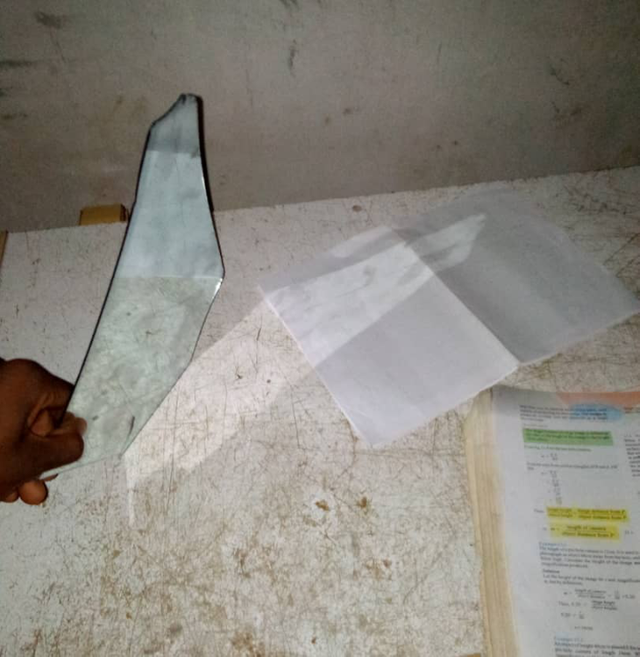
We have two types of reflection which are;
- Regular reflection..This is when light falls on a smooth surface..E.g mirror
- Irregular reflection: This is when light falls on a rough surface. E. g Skin, paper, clothes, etc. So in summary, we humans are rough surfaces no matter how smooth your skin is because the laws of reflection aren't obeyed.
We've been talking about ray of light since. What exactly is this Ray. A ray simply refers to as the path through which light travels. On pointing a bright torch heavenward, you'll see a long line of light above. That long line or path with which light travels is the ray. Series of rays are called beams.
We have three types of beams of which you can check that on your own.
Below is a pictorial representation of reflection on plane surface. The arrow pointing down shows the light came down and hit the obstacle which is a mirror and then bounce back the light ray, giving it off.
The point where the light ray came from is called the Incident ray while the reflection of the light ray is called Reflected ray. They both have same angles.
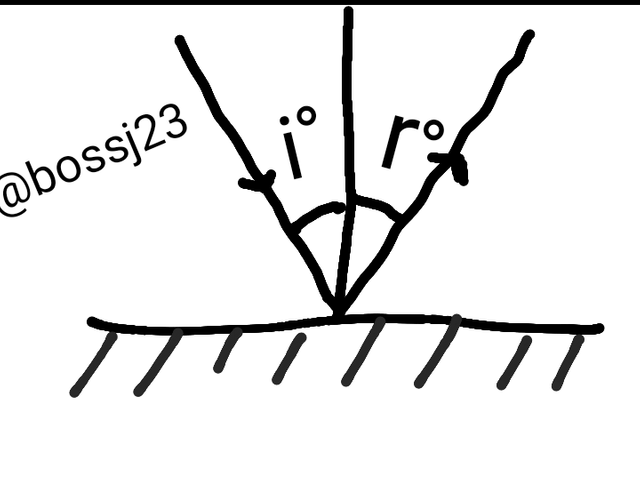
First law: states that the incident ray, the reflected ray and the normal all lie on the same plane. i°, r° and n all lie in the same plane.
Second law: states that the angle of incident is equal to the angle of reflection. i°=r°
You might have thought for a while,how this is applicable to you in person. Let me show you. One of such is the mirror we use everyday most especially women.
Image formed is virtual and not real. That means what you see on your mirror is not the real representation of you.
Image formed has same size as object. If you stand in front of a mirror, you neither increase in size nor decrease.
Image formed is laterally inverted. Your right hand is not your right hand if you stand in front of a mirror. You're inverted except you back the mirror.
Image is formed behind the mirror and not in front of the mirror. You may think this is absurd but picture it in a physical sense. You are in front of the mirror, the mirror is in the middle and behind the mirror is you on the mirror. Practically logical right. At first you may not agree until you ponder over this visual picture.
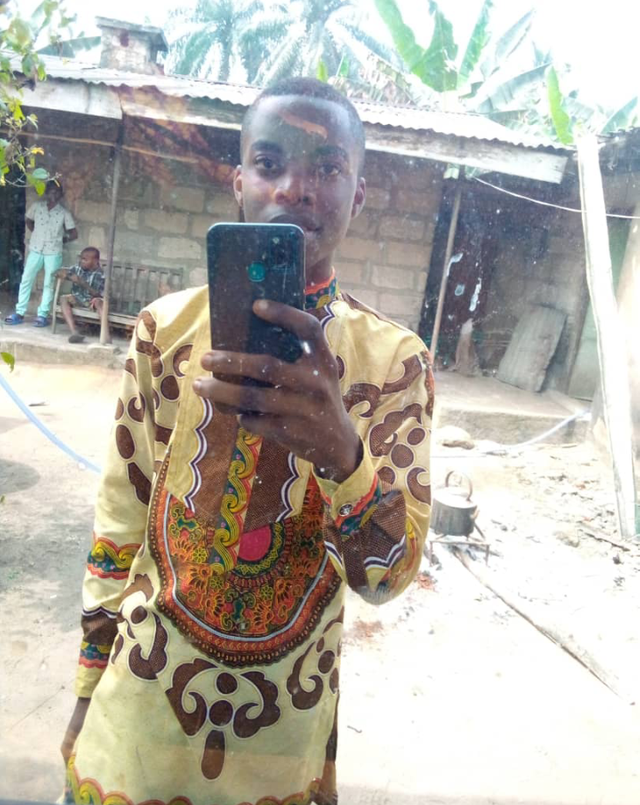
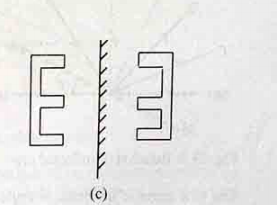
We have reflection of curved surfaces of which I'll likely talk about on my next post.
Cc,
@patjewell I'm back.....
What a nice informative post!
Thank you for sharing!